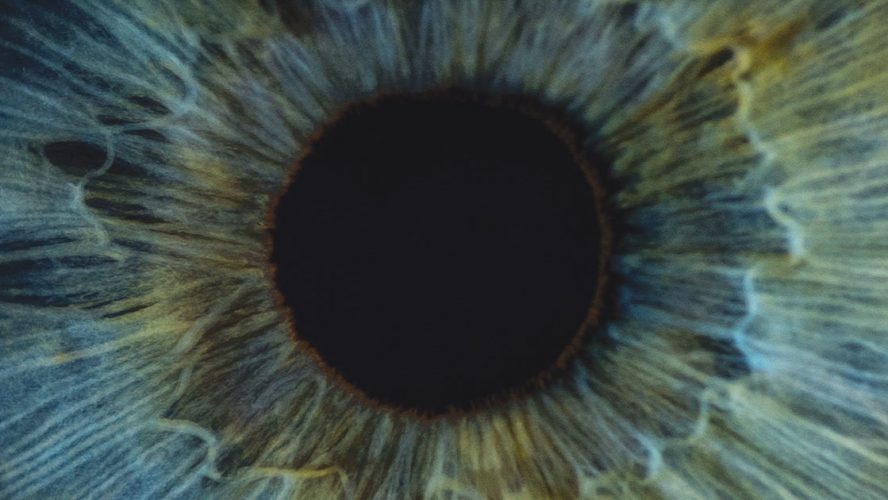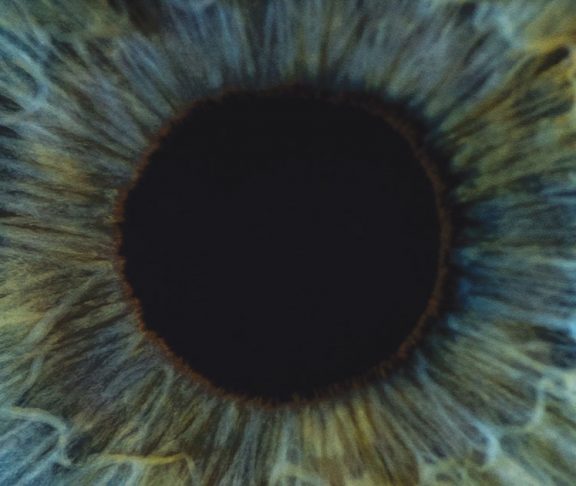A visual acuity measurement of 20/20 is a standard associated with “normal” vision. But many Canadians live with vision that isn’t represented by this norm. In fact, over two million live with a seeing disability, a number that’s in the process of doubling over the next two decades. This could lead to additional health care costs of over $30 billion per year.
The year 2020 is symbolic for this growing community. It’s a reminder that vision loss is far-reaching in this country, and that more must be done to comprehend the personal and social consequences. Those with unimpaired sight can close their eyes and imagine what blindness entails, but vision loss is diverse and highly personal, affecting families, communities, and economies in complex ways — simply closing your eyes doesn’t get you there.
For instance, those who are fully-sighted may not know that Canadians with vision loss face a range of stereotypes and biases. These manifest most clearly in our job market, which leaves too many with vision loss either under-employed or unemployed. Accessibility is a key concern in this area. There’s broad consensus that Canada needs to incorporate accessible and assistive technologies into its workplaces, and that employers should be rewarded for embracing those with visual impairments.
Canada needs to incorporate accessible and assistive technologies into its workplaces, and employers should be rewarded for embracing those with visual impairments.
At the same time, many Canadians with low sight keep the details of their vision to themselves — they’re worried that transparency will lead to discrimination. Although the Genetic Non-Discrimination Act makes it illegal for companies to request genetic testing or deny services based on genetic information, additional protections are required for all of Canada’s vision loss community. This is especially the case in the areas of employment, insurance, and health care.
The general population may also be unaware of the impact that vision loss has on family members, who in many cases bear the largest burden of support. This can lead to financial strain and lost productivity. As work becomes increasingly precarious and social supports continue to disappear, there’s a danger that caregivers will become overwhelmed. In 2020, creating support mechanisms for our support providers has never been more important.
To open our eyes to these and other issues, a summit is being held on February 12 in Ottawa by five of the country’s leading vision groups: the Canadian Council of the Blind, Fighting Blindness Canada, and its partners the CNIB, the Canadian Association of Optometrists, and the Canadian Ophthalmological Society. The Canadian Vision 2020 Summit will cover topics across three categories — vision loss, research, and access — and bring together patients, caregivers, scientists, researchers, policymakers, and more.


